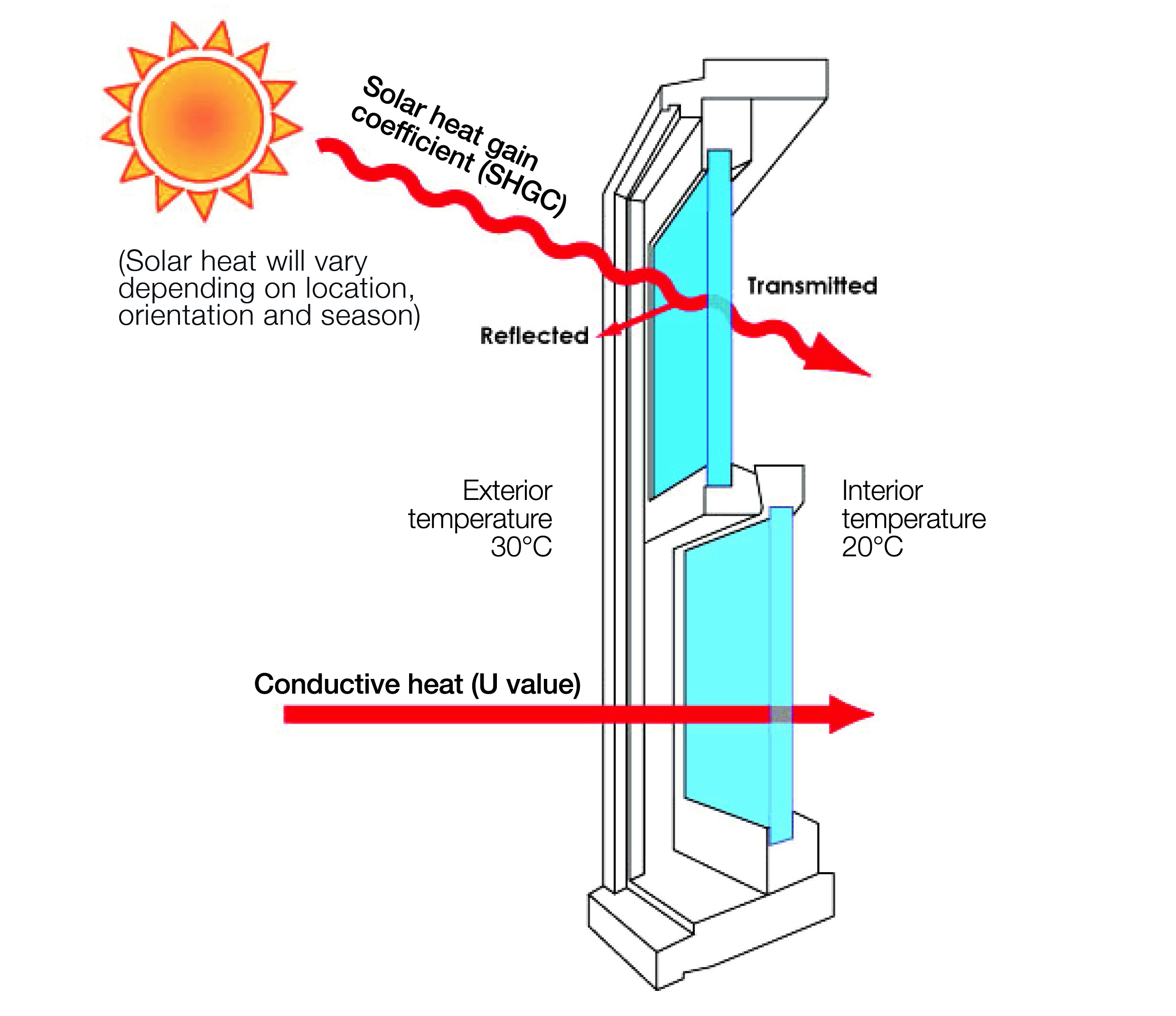All Categories
Featured
Table of Contents
4 Benefits Of Double Glazed Windows In The Summer in Guildford Perth
Glazing just implies the windows in your house, including both openable and fixed windows, in addition to doors with glass and skylights. Glazing in fact simply implies the glass part, however it is typically utilized to refer to all aspects of an assembly including glass, movies, frames and furnishings. Taking notice of all of these aspects will assist you to achieve effective passive design.

Energy-efficient glazing makes your home more comfy and considerably reduces your energy expenses. Inappropriate or inadequately developed glazing can be a major source of undesirable heat gain in summertime and substantial heat loss and condensation in winter. Up to 87% of a home's heating energy can be gained and up to 40% lost through windows.
Brisbane's Best Double Glazed Windows in Iluka Western Australia
Glazing is a significant financial investment in the quality of your home. The cost of glazing and the expense of heating and cooling your house are closely related. A preliminary investment in energy-efficient windows, skylights and doors can considerably minimize your annual cooling and heating bill. Energy-efficient glazing likewise lowers the peak heating and cooling load, which can decrease the needed size of an air-conditioning system by 30%, leading to more expense savings.

This tool compares window selections to a base level aluminium window with 3mm clear glass. Comprehending a few of the key residential or commercial properties of glass will help you to choose the finest glazing for your home. Key homes of glass Source: Adapted from the Australian Window Association The quantity of light that passes through the glazing is referred to as visible light transmittance (VLT) or noticeable transmittance (VT).
Improve Your Home's Energy Efficiency With Double Glazing in Mundijong WA
The U worth for windows (revealed as Uw), describes the conduction of the whole window (glass and frame together). The lower the U value, the higher a window's resistance to heat circulation and the much better its insulating worth.
For instance, if your home has 70m2 of glazing with aluminium frames and clear glass with a U worth of 6. 2W/m2 C, on a winter's night when it is 15C chillier outside compared to indoors, the heat loss through the windows would be: 6. 2 15 70 = 6510W That is equivalent to the overall heat output of a big space gas heating unit or a 6.
Single Glazed Vs Double Glazed Windows - Ultimate Guide in Ridgewood Perth

If you choose a window with half the U value (3. 1W/m2 C) (for instance, double glazing with an argon-filled gap and less-conductive frames), you can cut in half the heat loss: 3. 1 15 70 = 3255W The solar heat gain coefficient (SHGC) for windows (revealed as SHGCw) determines how readily heat from direct sunshine streams through a whole window (glass and frame together).
The lower a window's SHGC, the less solar heat it sends to your house interior. Glazing producers state an SHGC for each window type and style. The real SHGC for windows is affected by the angle that solar radiation strikes the glass. This is referred to as the angle of occurrence.
Save Energy With Double Glazed Windows in Belmont Western Australia
When the sun is perpendicular (at 90) to the glass, it has an angle of incidence of 0 and the window will experience the maximum possible solar heat gain. The SHGC stated by glazing manufacturers is constantly calculated as having a 0 angle of incidence. As the angle increases, more solar radiation is reflected, and less is sent.
Table of Contents
Latest Posts
Double Glazing Vs. Triple Glazing: Which Is Worth It? in Koondoola WA
Fitting A Cabin In Your Garden? Get Double Glazing Fitted Too in Churchlands Western Australia
Why Should You Have Double-glazed Windows This Summer? in Stirling Perth
More
Latest Posts
Double Glazing Vs. Triple Glazing: Which Is Worth It? in Koondoola WA
Fitting A Cabin In Your Garden? Get Double Glazing Fitted Too in Churchlands Western Australia
Why Should You Have Double-glazed Windows This Summer? in Stirling Perth